Blog
Mastery Over Mediocrity: Reread Great Books and Master Great Movements
In a world obsessed with novelty, we often forget the power of repetition. Whether it’s reading or training, mastery doesn’t come from dabbling—it comes from
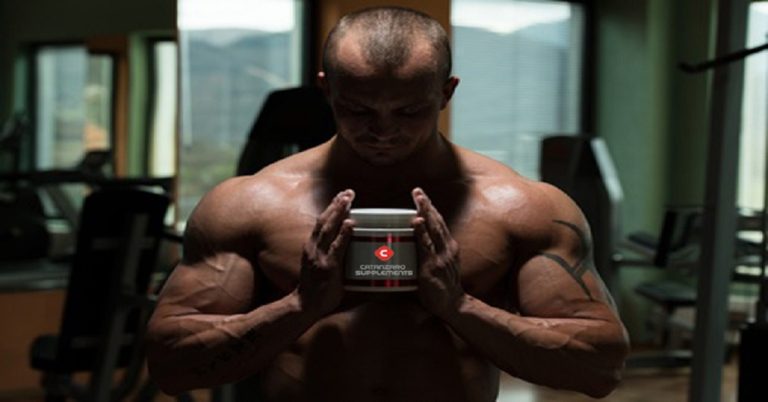
An Interesting Post-Workout Strategy
Last month, we discussed the concept of avoiding carbs immediately after a workout and using amino acids instead. (Read more here.) Here’s another take on
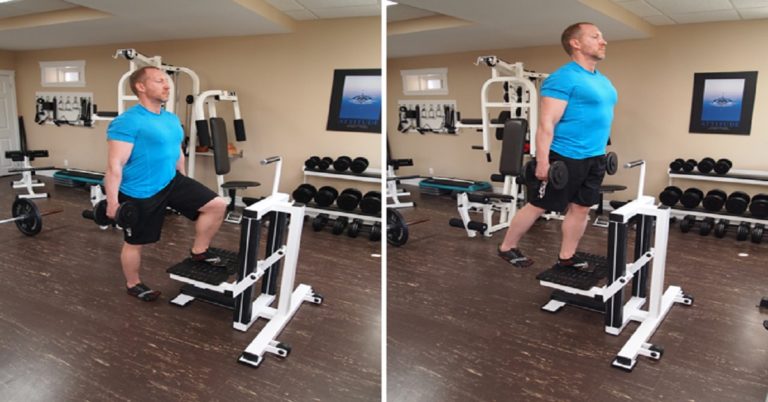
Dumbbell Forward Step-Up
When performing step-ups for the first time, start with a dumbbell side step-up on a low step. Over time, increase the range of motion by

Feeder Workouts Do Not Enhance Recovery
Many experts have touted the benefits of low-intensity strength training following high-intensity work to enhance recovery. This type of training is often referred to as

Don’t Sit Still After a Demanding Workout
In a recent interview, Gary Reinl, author of ICED! The Illusionary Treatment Option, discussed the importance of lymphatic drainage. As Reinl puts it, the lymphatic

The “10 Sets of 10” Method
I hate to break the news, but in strength training, there’s really nothing new under the sun. Take the popular “10 sets of 10 reps”

Death by Calcium
Rheo Blair, a legendary nutrition guru, once advised taking as many as 500 supplement pills per day to meet nutrient needs. Among them was calcium,

How Long Do Your Children Watch Television Each Day?
In the past, we explored some of the key issues surrounding childhood obesity (read more here). One major contributor is inactivity. Kids are spending less

Let Me Give You a Complex
When spring rolls around, I encourage people to take advantage of the good weather and train outdoors. But sometimes, the weather doesn’t cooperate. When that

My Balls Were Frozen!
Every year from May to September, I do a medicine ball circuit outdoors at least once a week. It’s a fantastic conditioning method that gets

The Pros and Cons of Detraining
Every year, many professional bodybuilders take an extended leave from training. They do this for a few reasons. The rigors of training and dieting to

How to Get Lean in One Week (Part 2)
Yesterday, I introduced a one-week strategy to get as lean as possible using a structured diet and supplementation plan. But nutrition alone won’t cut it—you

How to Get Lean in One Week (Part 1)
Do you want to get lean but don’t have much time? Here’s a strategy that works before a wedding, anniversary, birthday, vacation, speaking engagement, photo
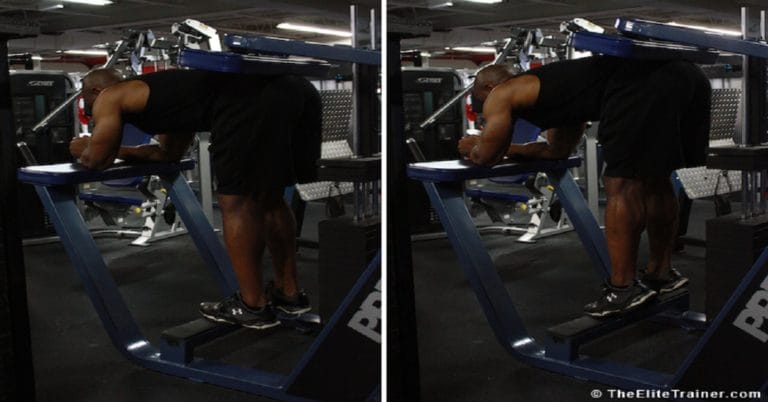
Finish Off Your Calves With Donkey Calf Raises
The old-school way to perform donkey calf raises was to have someone sit on your back. These days, there are dedicated machines for this purpose.

Stretching as a Diagnostic for Sciatic Nerve Irritation
Stretching can be a useful diagnostic tool for identifying potential spinal nerve impingements. For example, straight leg raising is commonly used to stretch the hamstrings

I Should Have Been Dead By Now
Two years ago, I applied for a new life insurance plan. As expected, I had to complete an extensive questionnaire and undergo a series of

Quit Sucking In Your Gut During Exercise!
If there’s ever a time not to draw in the navel, it’s during exercise. In fact, this act should be abandoned altogether unless there’s a

For Women That Fear Weight Training Will Make Them Muscle-Bound
Many women avoid weight training because they fear it will make them bulky and masculine. But that’s simply not how the body works. Let’s hear
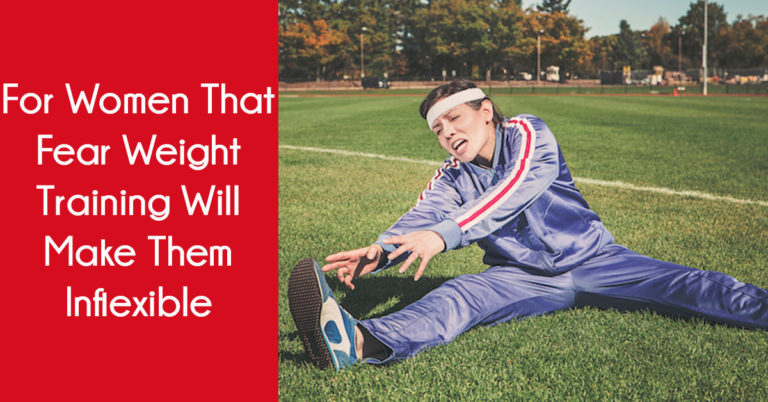
For Women That Fear Weight Training Will Make Them Inflexible
Weight training kills many birds with one stone—it improves strength, power, endurance, cardiovascular health, body composition, balance, and flexibility. Yes, flexibility! Many women avoid lifting
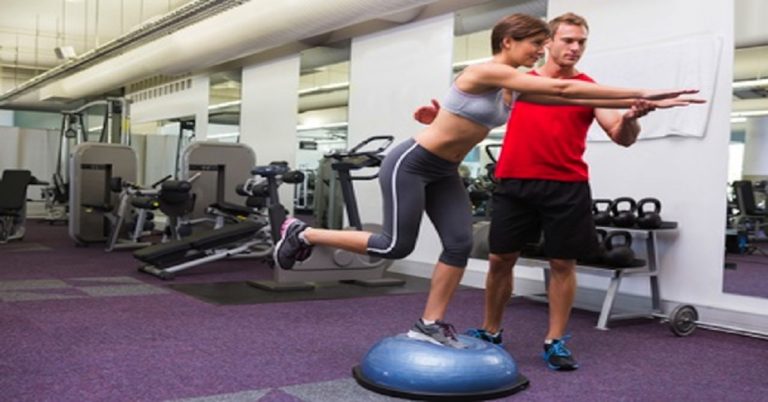
Balance Training and a Rock Star (Part 2)
Yesterday, I introduced you to a 39-year-old client who came to me complaining about knee pain. From now on, I’ll call him “Bobby”—in honor of

Balance Training and a Rock Star (Part 1)
Back in 2002, a wealthy 39-year-old walked into my gym complaining about knee pain. This guy was an active athlete—surfing, skiing, running, cycling—you name it!
